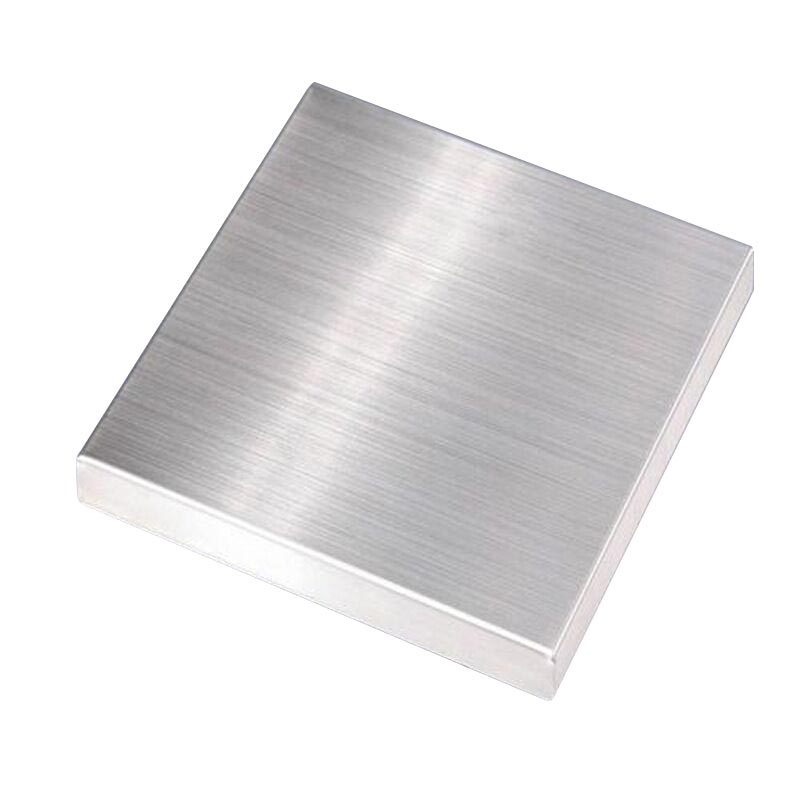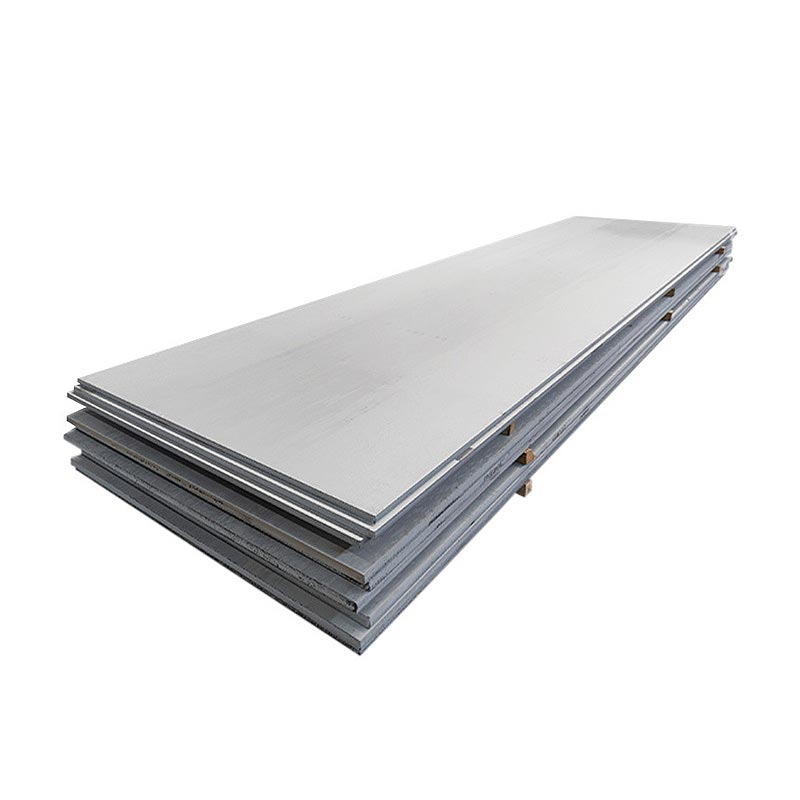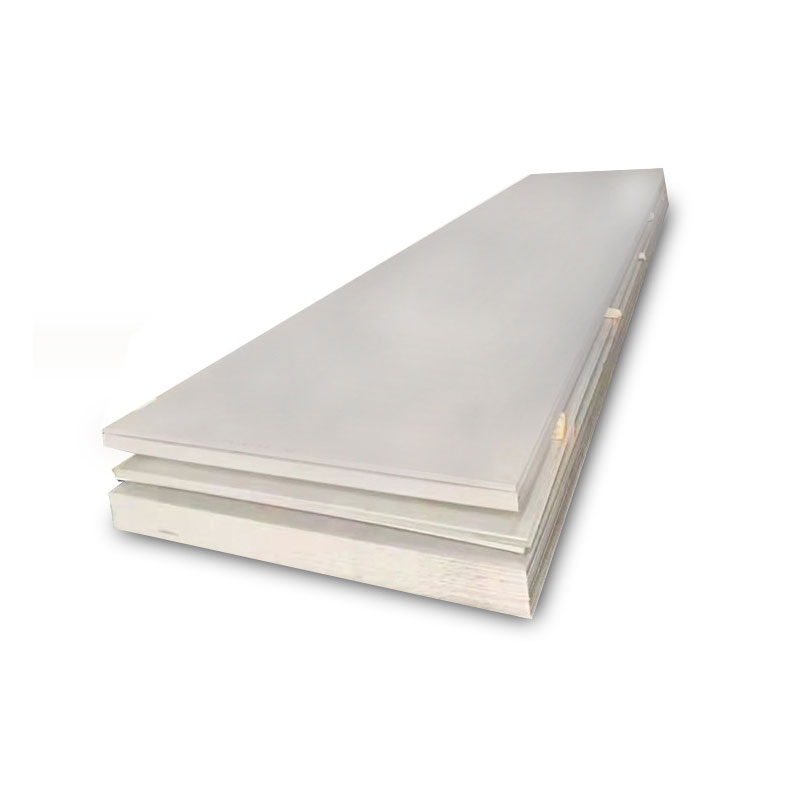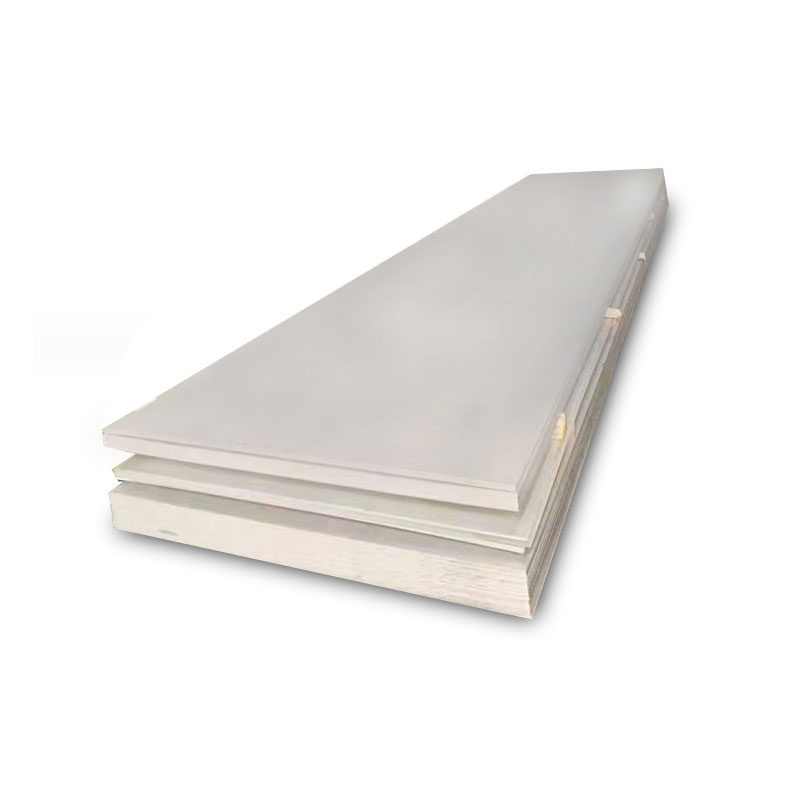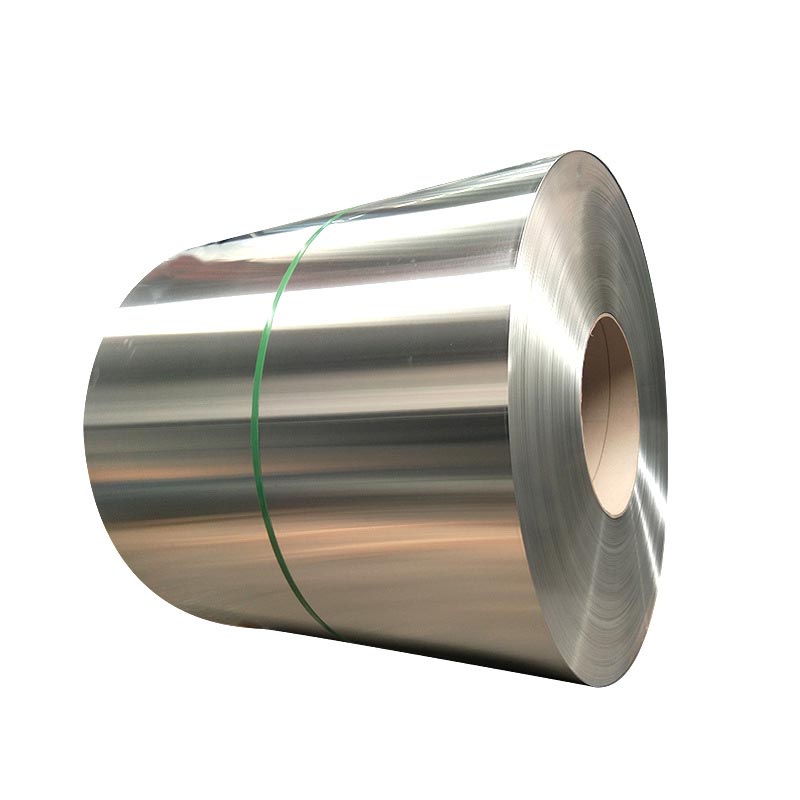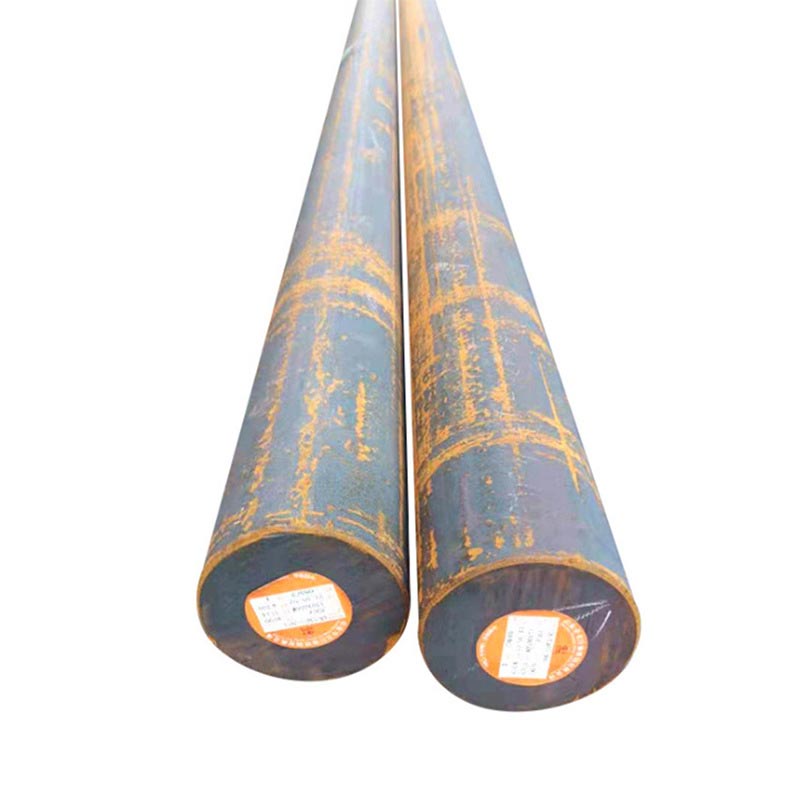Precautions in the Production of Stainless Steel Tube
Precautions in the Production of Stainless Steel Tube
Stainless Steel Tube is resistant to corrosion, pitting, rust, and wear. In pipeline systems, it is used to change the direction of the pipeline. Additionally, depending on engineering requirements, it includes other non-standard angles such as 60°. Materials for Stainless Steel Tube include cast iron, stainless steel, alloy steel, malleable cast iron, carbon steel, non-ferrous metals, and plastics. Connection methods with pipes include: direct welding (the most common method), flange connection, threaded connection, and socket connection. It is a commonly used connecting fitting in pipeline installation, primarily for connections at pipeline bends.
Application Fields of Stainless Steel Tube:
Stainless Steel Tube is widely used in industries such as petroleum, chemical, nuclear power plants, food manufacturing, construction, shipbuilding, papermaking, and pharmaceuticals. It serves different purposes across various industries, demonstrating its value in each.
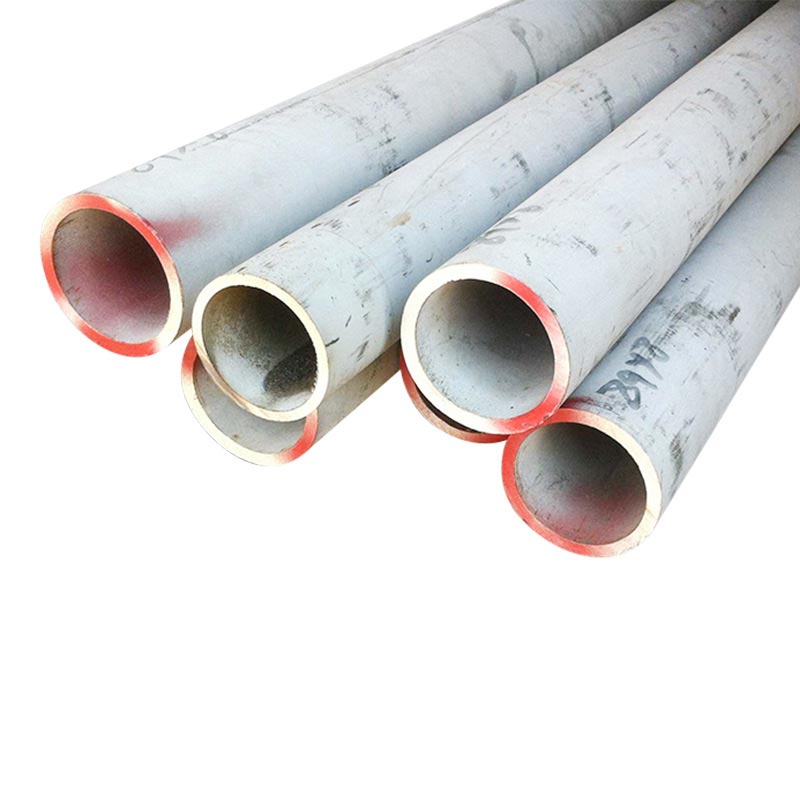
Stainless Steel Tube is no stranger to many. So, what precautions should be taken during its production?
Since most fittings are used for welding, to improve welding quality, the ends are typically beveled with specific angles and edges. This requirement is strict, with regulations on edge thickness, angle, and deviation range. Surface quality and mechanical properties are essentially the same as those of the pipes. For welding convenience, the steel grade of the fittings is the same as that of the connected pipes.
All fittings must undergo surface treatment. The iron oxide scale on the inner and outer surfaces is removed through shot blasting, and anti-corrosion paint is applied. This is necessary for export requirements and, domestically, to facilitate transportation and prevent rust and oxidation.
Packaging requirements: For small fittings, such as those for export, wooden boxes are required, with a volume of approximately 1 cubic meter. The number of Stainless Steel Tubes in such boxes should not exceed one ton. The standard allows nesting, i.e., larger sets containing smaller ones, but the total weight generally should not exceed one ton. Large fittings require individual packaging, such as 24″ fittings. Additionally, packaging markings must indicate dimensions, steel grade, batch number, manufacturer’s trademark, etc.
Some Uses of Stainless Steel Tube:
Stainless Steel Tube is suitable for pipeline systems in industries such as petroleum, natural gas, chemicals, hydropower, construction, and boilers. It does not require pipe blanks as raw material, saving on pipe manufacturing equipment and mold costs. It also allows for the production of carbon steel tubes of any large diameter with relatively thin walls.
It can shorten the manufacturing cycle and significantly reduce production costs. As it does not require any specialized equipment, it is particularly suitable for on-site processing of large carbon steel tubes. The blank is a flat plate or developable curved surface, making cutting simple, precision easy to ensure, and assembly and welding convenient.
Stainless Steel Tube is not only simple and convenient to operate but also widely used across various fields.
- Degreasing Methods for Common 310S Stainless Steel Tubes
- Selection of Thickness for 316L Stainless-Steel Gutter
- What Are the Differences Between 201 and 304 Stainless Steel Profiles?
- What Challenges Arise When Cutting 304 Stainless Steel Sheet?
- How to Solve the Problem of Rust Spots on Stainless Steel Coils
- How to Increase the Service Life of Stainless Steel Tubes?



